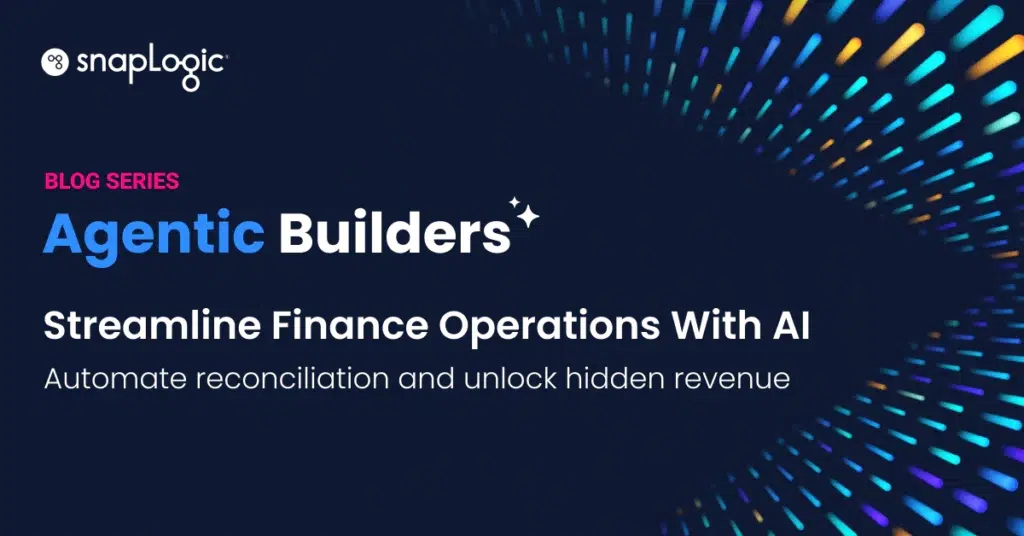What is master data management software?
Master data management software is used to assist companies in managing their master data. It’s necessary for all master data that’s collected to be in a uniform format across a business’ various software, systems, and processes. This is important because with different platforms relaying information in different manners, having a single source of truth enables a company to collect, locate, and analyze all of the data it produces.
Master data is a term used to describe the standardized identifiers that are assigned to, most usually, non-transactional information. It applies a single set of rules and uniform attributes to references about important enterprise information, such as that concerning customers, suppliers, leads, accounts, or locations.
It is necessary to use master data management software as different applications will have varying approaches to creating metadata or reference attributes. The master data management software will clean the data and standardize it to become one single source of truth. When using cloud-based data management, it becomes especially important to have master data cleaned to ensure it is the best data possible. This can save time in the analysis process. It also reduces storage space requirements and costs.
There are a number of advantages to using effective master data management software.
- Matching and linking master data.
- Making it easier to share master data between systems and users.
- Processing data on massive levels.
- Enriching data with greater reference information.
- Consolidating data from various sources in one format.
- Improving the security of master data.
When choosing enterprise data management tools, it is important to research which systems they perform with best. The best data integration tools are those that are specifically built for the applications used and the type of data collected. SnapLogic, for example, unites disparate data and creates high-quality master data references sources using data science and machine learning.









